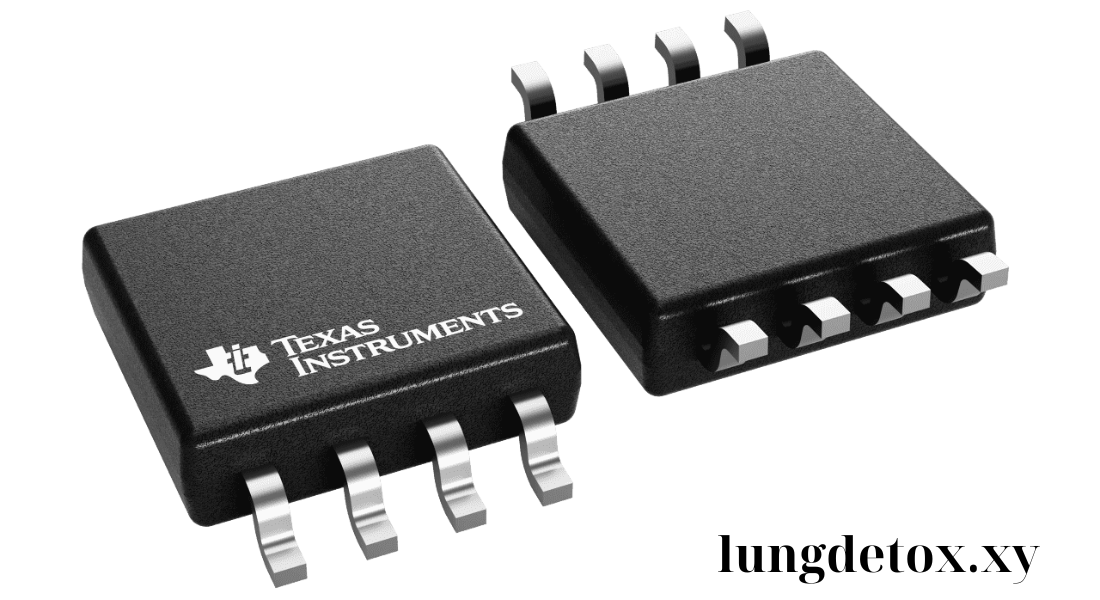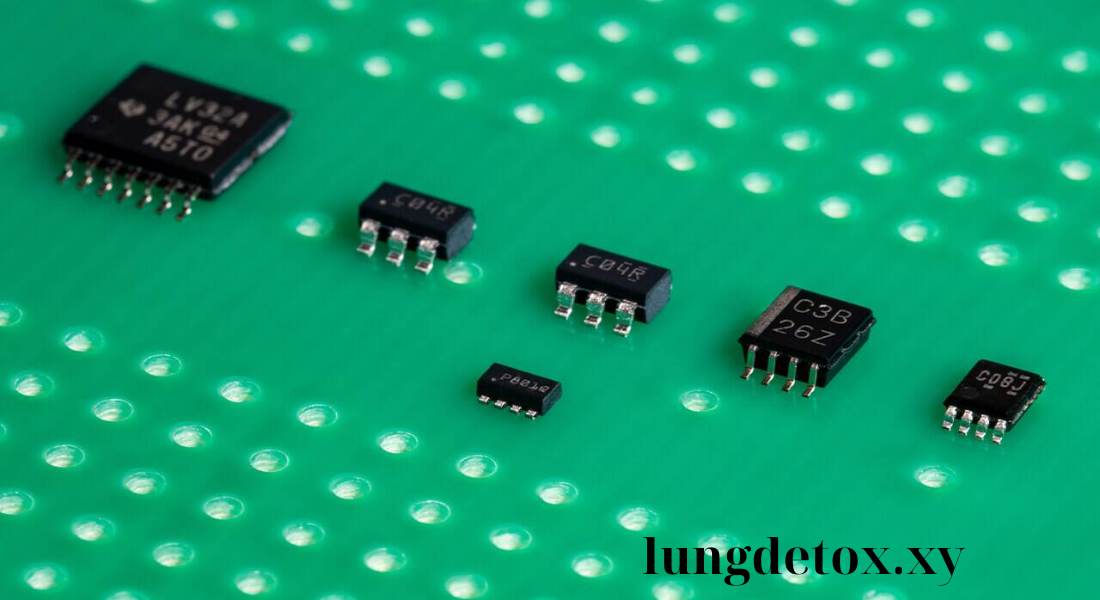Introduction to TI Logic Devices
Texas Instruments (TI) stands as a leader in semiconductor technology, offering a diverse range of logic devices that play a critical role in numerous applications within electronic systems. These devices serve as essential components in various electronic products, from consumer electronics to industrial machinery. In this article, we will explore the features, benefits, and applications of TI’s logic solutions, aiming to provide you with a thorough understanding of their significance in modern technology.
What Are Logic Devices?
Logic devices consist of integrated circuits (ICs) that perform logical operations based on binary inputs. They effectively process signals and control data flow in electronic systems. Various forms of these devices exist, including gates, flip-flops, multiplexers, decoders, and more. Each type serves specific functions that are vital for the proper operation of electronic circuits.
Key Features of TI Logic Solutions
- High Speed and Performance: Engineers design these logic components to operate at high speeds, enabling faster processing and reducing latency in electronic systems. This feature proves particularly important in applications requiring real-time data processing.
- Low Power Consumption: One standout characteristic lies in their ability to function with minimal power consumption. This aspect becomes especially beneficial in battery-powered devices, where energy efficiency takes precedence.
- Wide Operating Voltage Range: These devices can function across a broad range of voltages, which makes them versatile for diverse applications. Consequently, this flexibility allows engineers to utilize them in various circuit designs without significant modifications.
- Robust Reliability: These components possess a reputation for durability and can withstand harsh operating conditions. Their reliability makes them suitable for critical applications in industries such as automotive, aerospace, and telecommunications.
Applications of Logic Devices
Logic solutions find their application in multiple sectors, showcasing their versatility. Below are notable areas where these devices play a crucial role:
- Consumer Electronics: In consumer electronics, logic devices commonly feature in products like smartphones, tablets, and gaming consoles. They help manage data flow, control user interfaces, and enhance overall system performance. Moreover, the speed and efficiency of these components contribute to the seamless operation of electronic products, ensuring users enjoy a smooth experience.
- Industrial Automation: In industrial settings, logic devices serve as integral components in automation systems. Programmable logic controllers (PLCs) utilize them to control machinery and processes. Their capability to handle multiple inputs and outputs makes them ideal for complex automation tasks, thus ensuring operations run smoothly and efficiently.
- Automotive Systems: The automotive industry heavily relies on these components for various functions, including engine control, safety systems, and infotainment. They facilitate real-time data processing and decision-making, enhancing vehicle performance and safety. Furthermore, with the increasing trend toward electric and autonomous vehicles, the demand for reliable and efficient logic solutions is set to rise significantly.
- Telecommunications: In telecommunications, these devices appear in networking equipment, routers, and switches. They manage data transmission effectively, ensuring efficient communication between devices. The high-speed capabilities provide advantages in this field, where low latency and data integrity are critical.
Advantages of Choosing TI Logic Solutions
- Industry-Leading Technology: Texas Instruments boasts a long history of innovation in the semiconductor industry. When engineers choose these solutions, they gain access to cutting-edge technology that enhances their designs’ performance and reliability.
- Comprehensive Support and Resources: TI provides extensive resources for engineers, including datasheets, application notes, and design tools. This support simplifies the integration of these components into projects, enabling designers to optimize their designs for maximum efficiency.
- Cost-Effectiveness: While these devices offer high performance and reliability, they remain competitively priced. This cost-effectiveness makes them an appealing choice for a broad range of applications. The combination of quality and affordability ensures engineers can meet project requirements without exceeding budgets.
- Wide Availability: These components enjoy widespread availability through various distributors and online platforms. This accessibility makes it easy for engineers to source the components necessary for their projects.

Selecting the Right Logic Device
When selecting a logic component for your project, consider the following factors:
- Functionality: Identify the specific logic functions required for your application, such as AND, OR, NOT, or more complex operations. TI offers a diverse array of devices that cater to various logic functions.
- Voltage and Current Ratings: Confirm that the device’s voltage and current ratings align with your circuit requirements. Logic devices come in different ratings, providing flexibility in design.
- Package Type: Evaluate the physical package type of the device. TI offers multiple package options, including surface mount and through-hole, to accommodate different design constraints.
- Environmental Conditions: Assess the operating environment of your application. Logic devices are designed for various conditions, so selecting the appropriate device for your specific needs becomes crucial.
Future Trends in Logic Technology
As technology evolves, so do the demands placed on logic components. Anticipated future trends in this area may include:
- Increased Integration: As electronic systems grow more complex, the trend toward integrating multiple functions into a single device is likely to expand. TI will continue to innovate in this area, providing more advanced solutions that combine various functionalities.
- Enhanced Energy Efficiency: With the push for greener technologies, logic components will likely undergo advancements in energy efficiency. Such improvements will benefit industries focused on reducing their carbon footprint and lowering operational costs.
- Support for IoT Applications: The Internet of Things (IoT) transforms how devices communicate and interact. Logic devices will play a vital role in enabling IoT applications, providing the necessary functions for seamless connectivity and data processing.
- Continued Reliability Improvements: As demand for robust and reliable devices grows, TI will prioritize enhancing the durability and longevity of their logic solutions. This focus ensures that they can withstand even the most challenging environments.
The Importance of Logic Devices in Modern Electronics
Logic components form the backbone of modern electronics, facilitating complex computations and control operations across a wide array of devices. As technology advances, the demand for more sophisticated logic solutions continues to rise. These components not only simplify designs but also improve performance, leading to innovations that drive various industries forward.
Moreover, the integration of logic devices with other technologies, such as microcontrollers and sensors, allows engineers to create more advanced systems. This synergy enhances the functionality and efficiency of electronic devices, making them smarter and more capable of handling intricate tasks.
Conclusion
Logic devices serve as essential components in the electronics world, offering high performance, low power consumption, and robust reliability. Their versatility and wide range of applications make them a popular choice among engineers and designers alike. As technology continues to advance, Texas Instruments remains at the forefront of innovation, ensuring that these devices will continue to meet the evolving needs of various industries.
In summary, understanding these logic solutions proves crucial for anyone involved in electronics design. By leveraging the features and advantages of these devices, you can create more efficient, reliable, and high-performing electronic systems. Whether you work in consumer electronics, industrial automation, automotive systems, or telecommunications, these components will undoubtedly enhance your projects and drive innovation forward.
